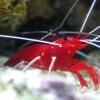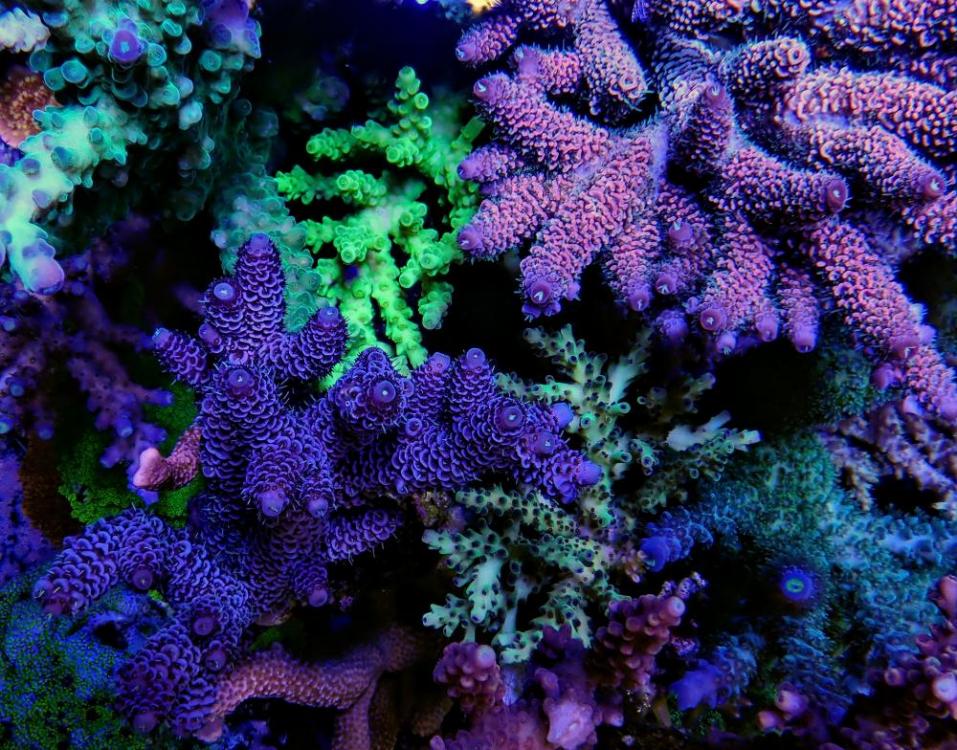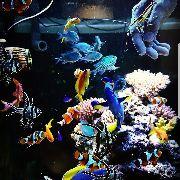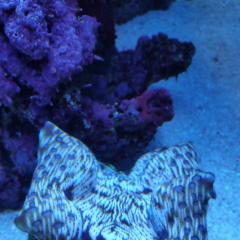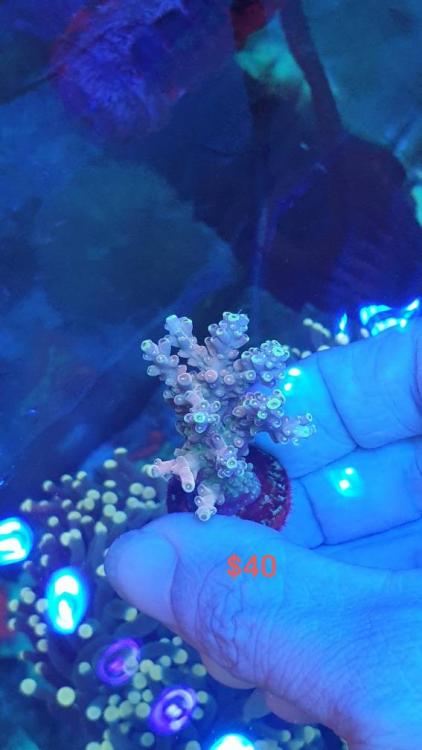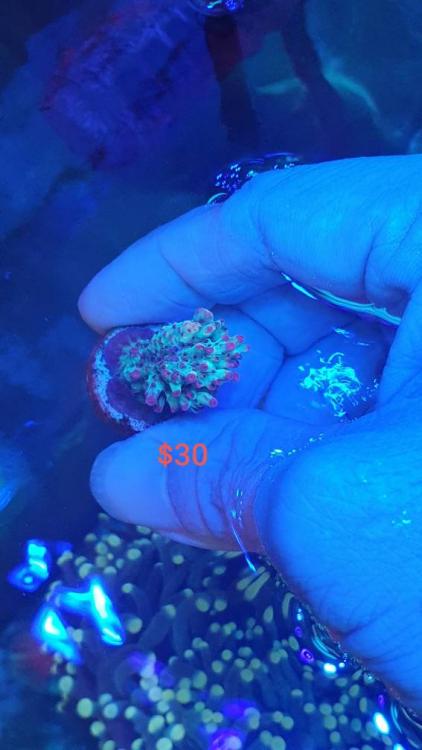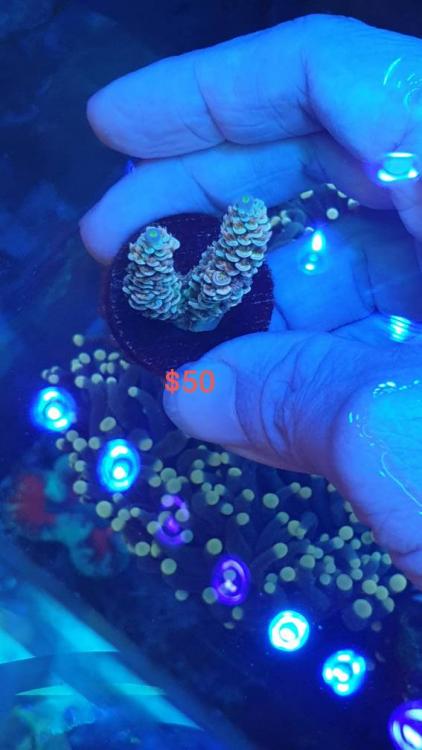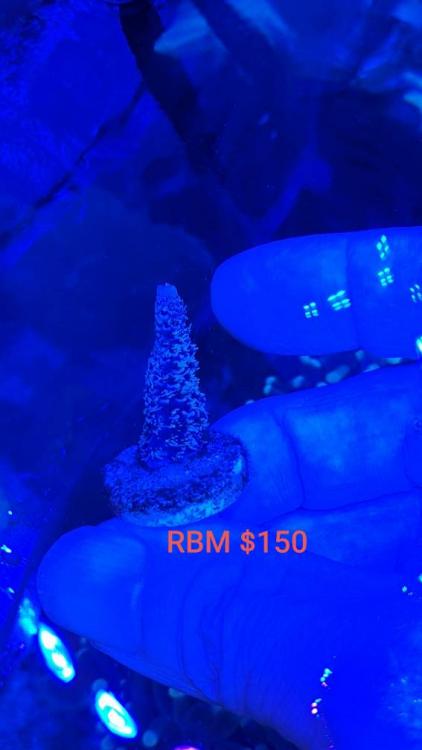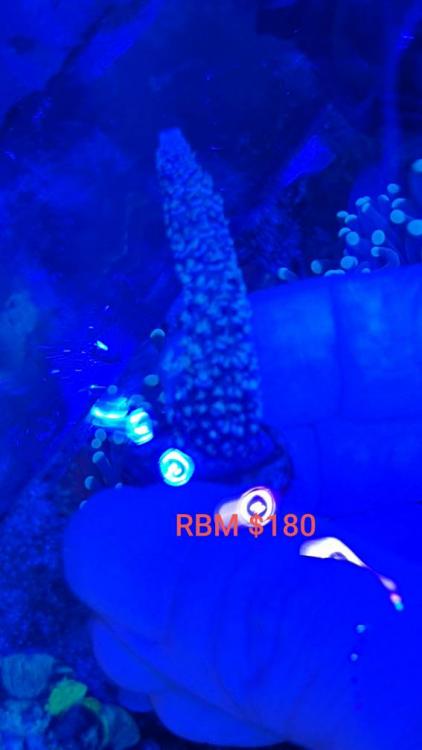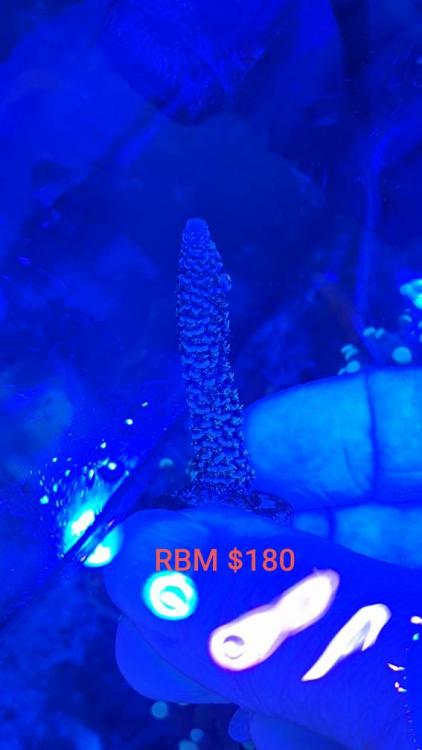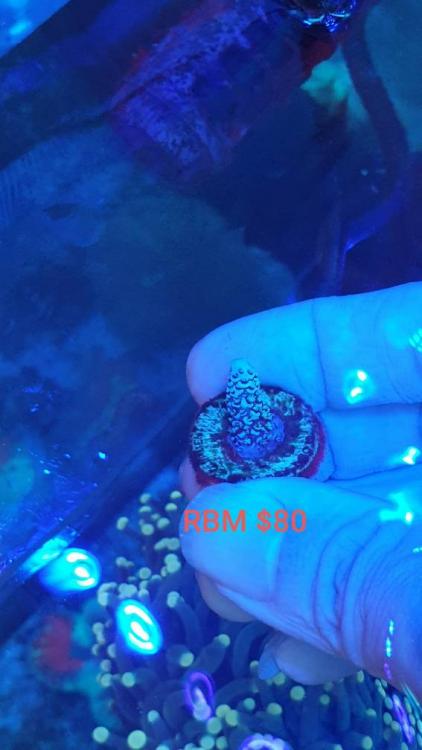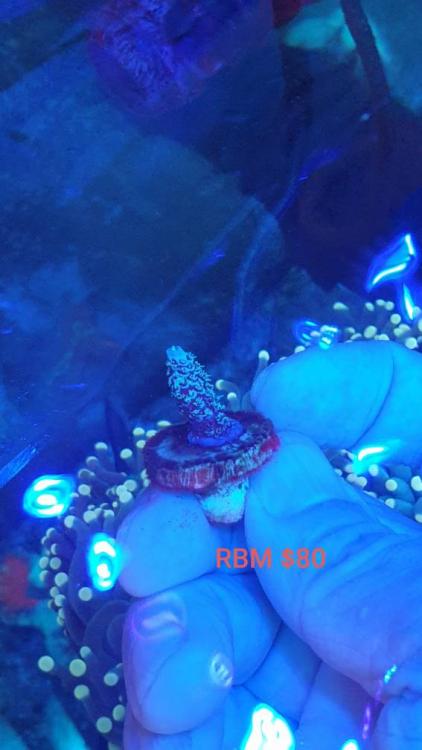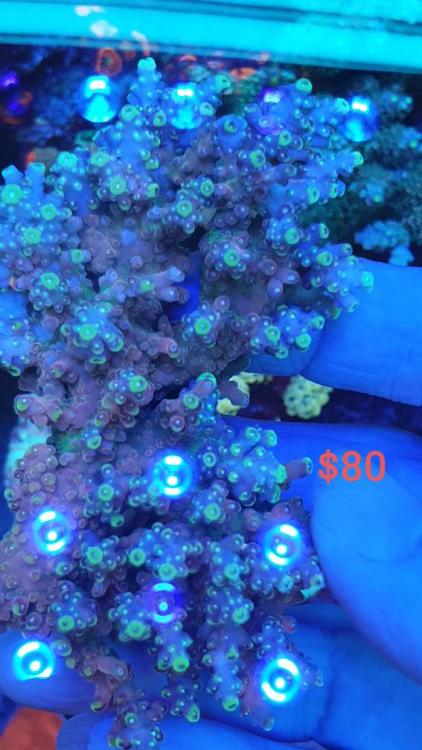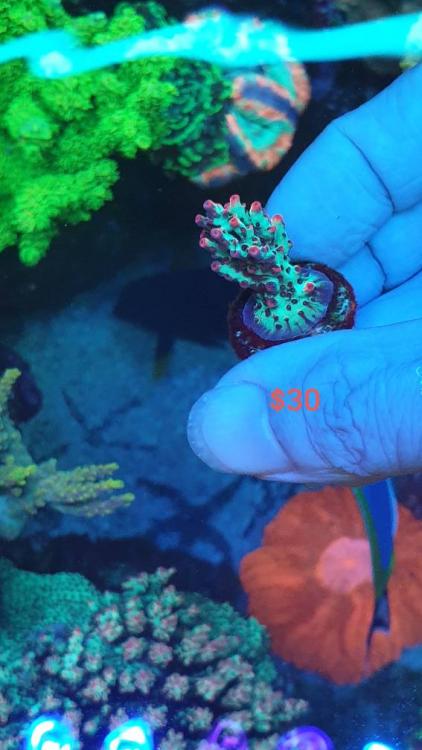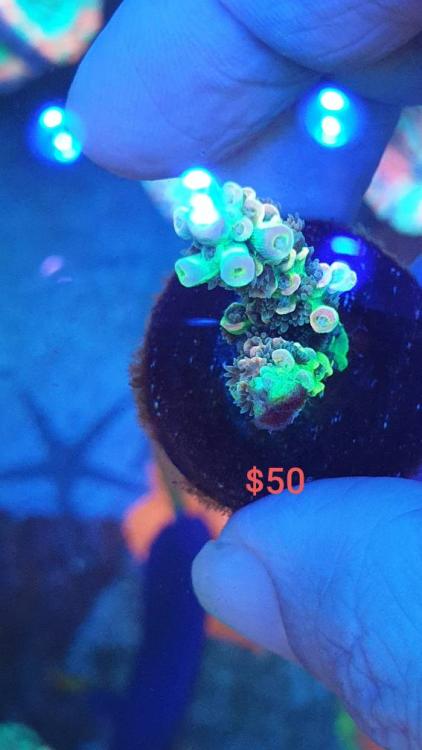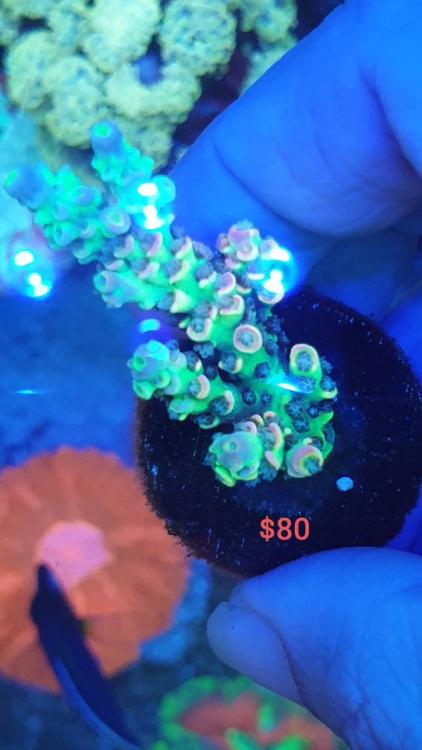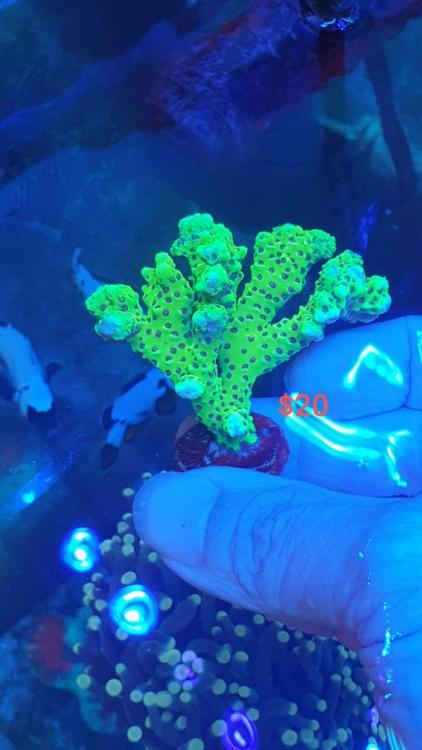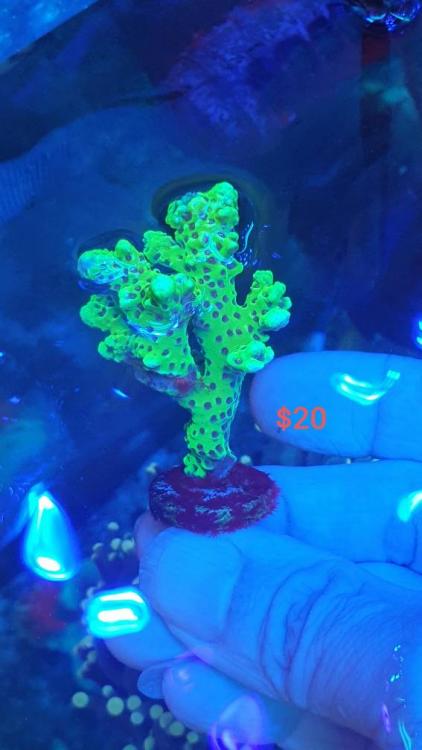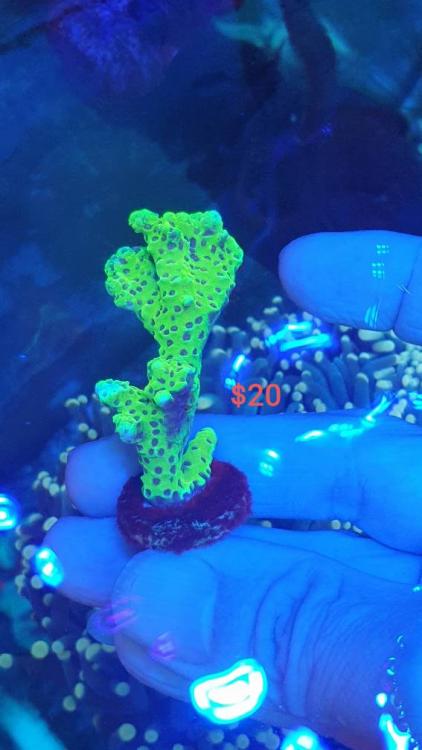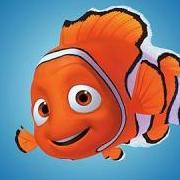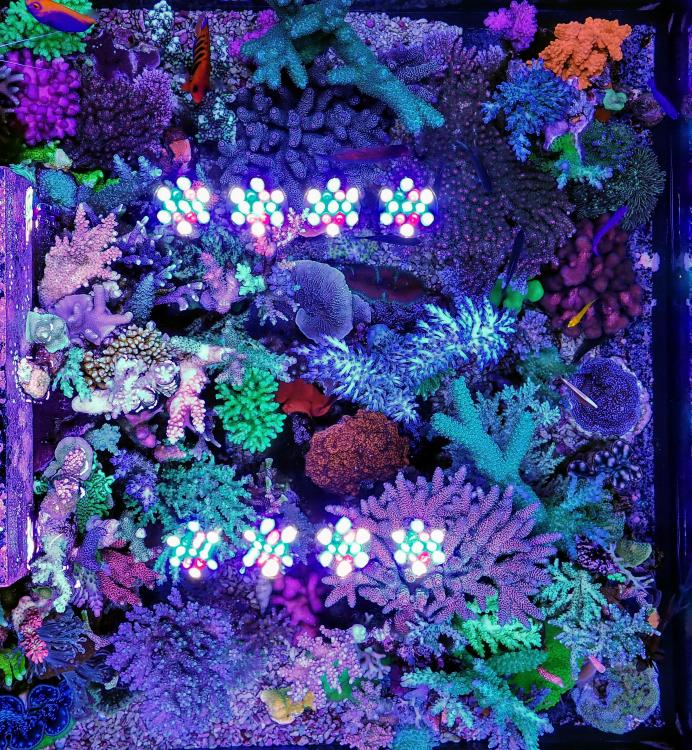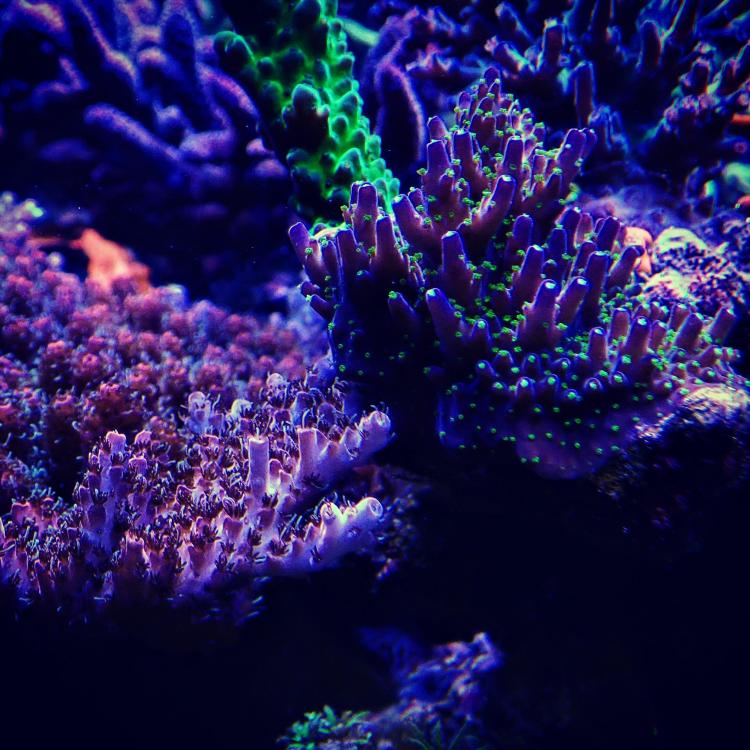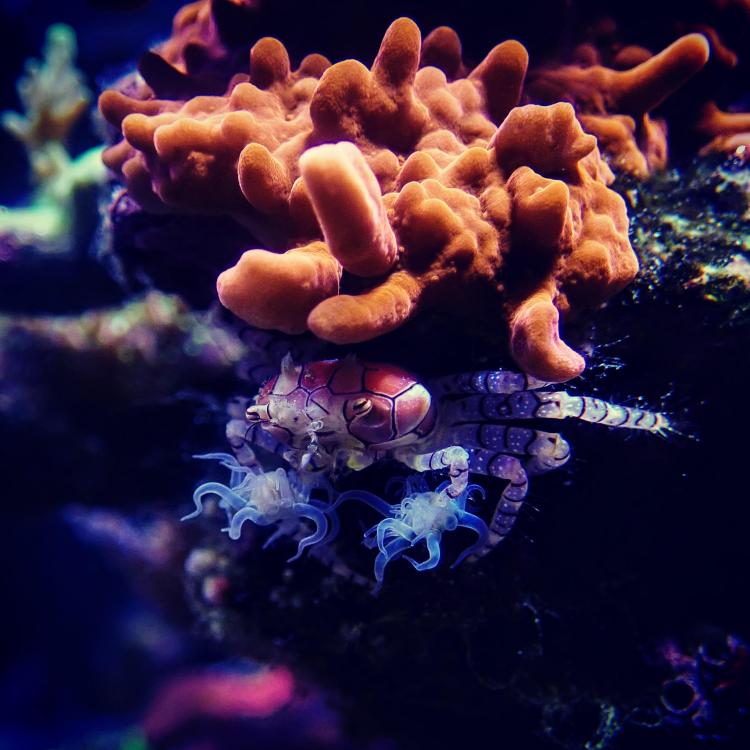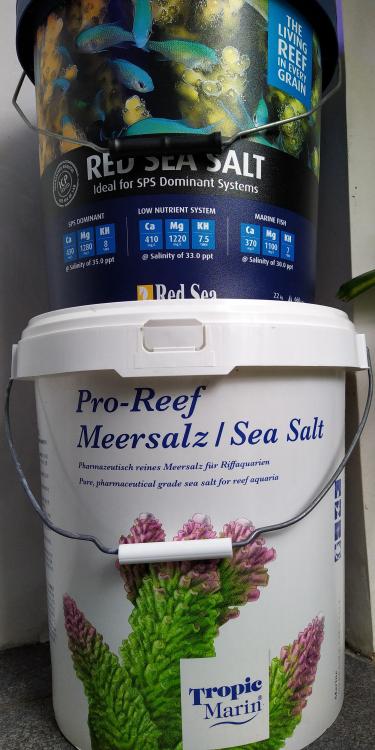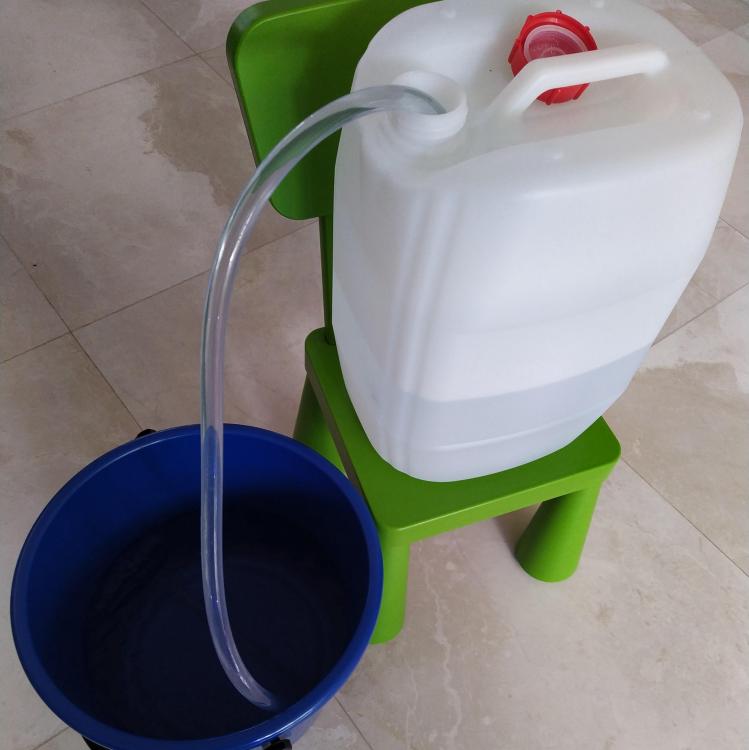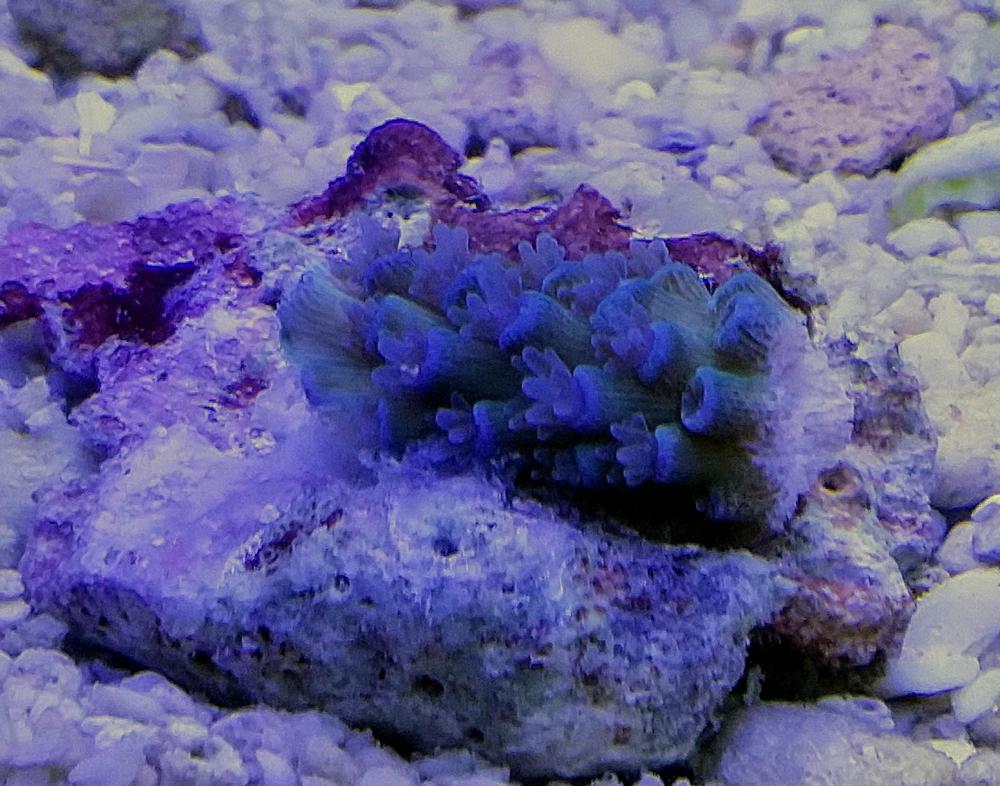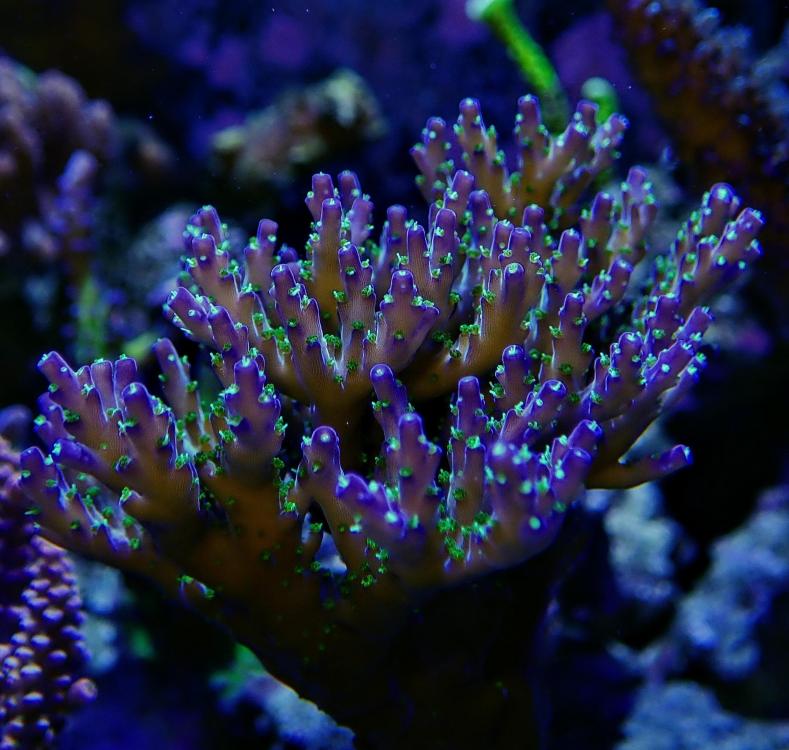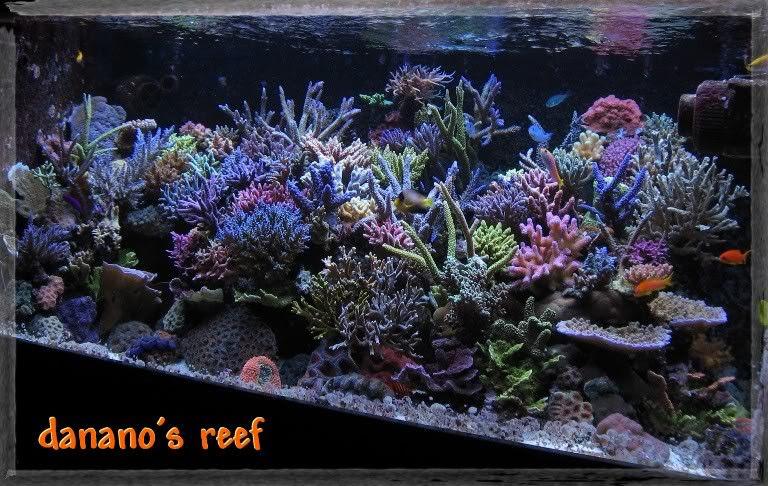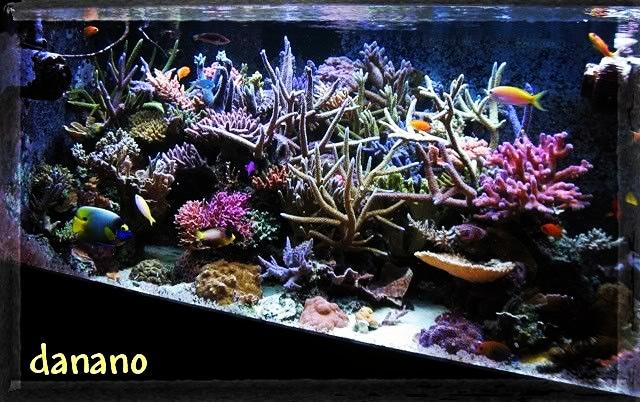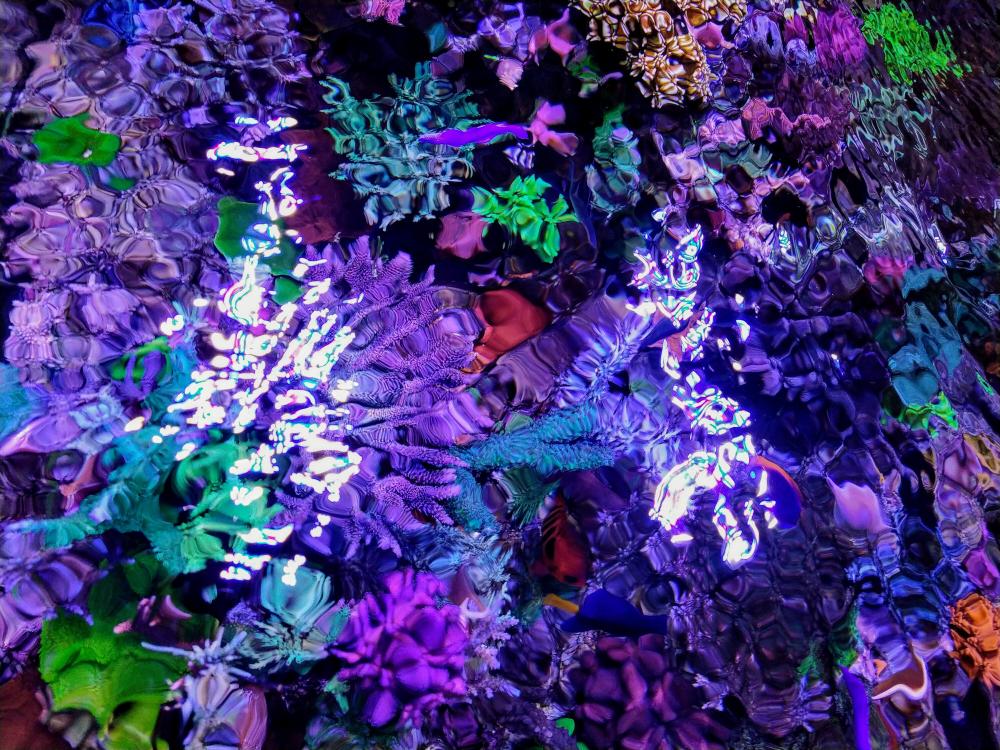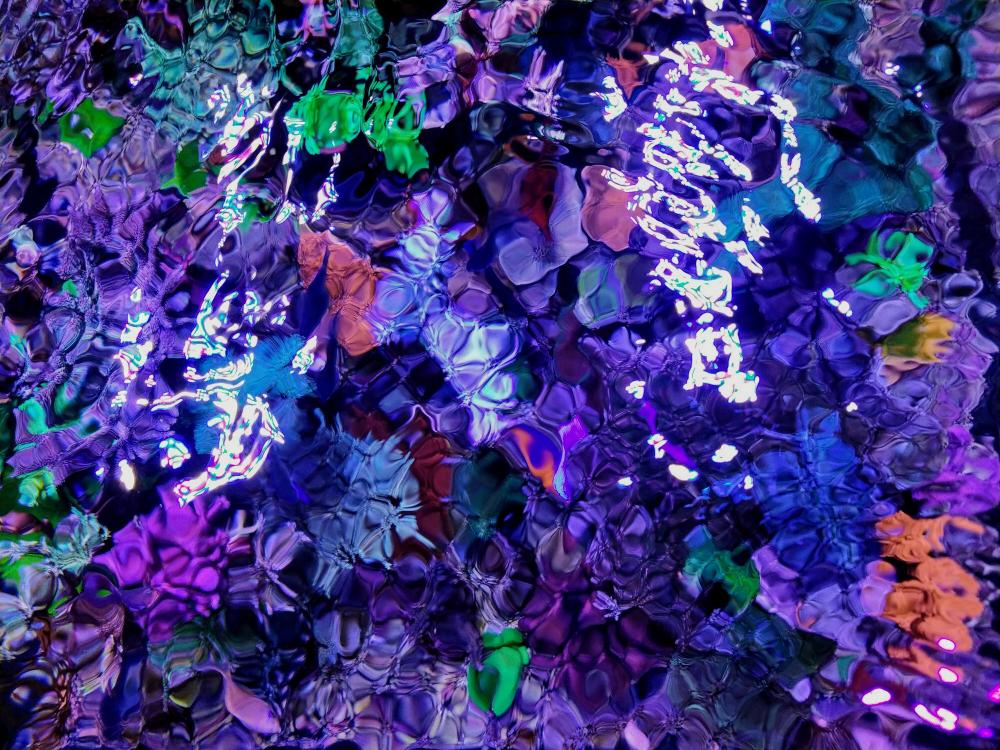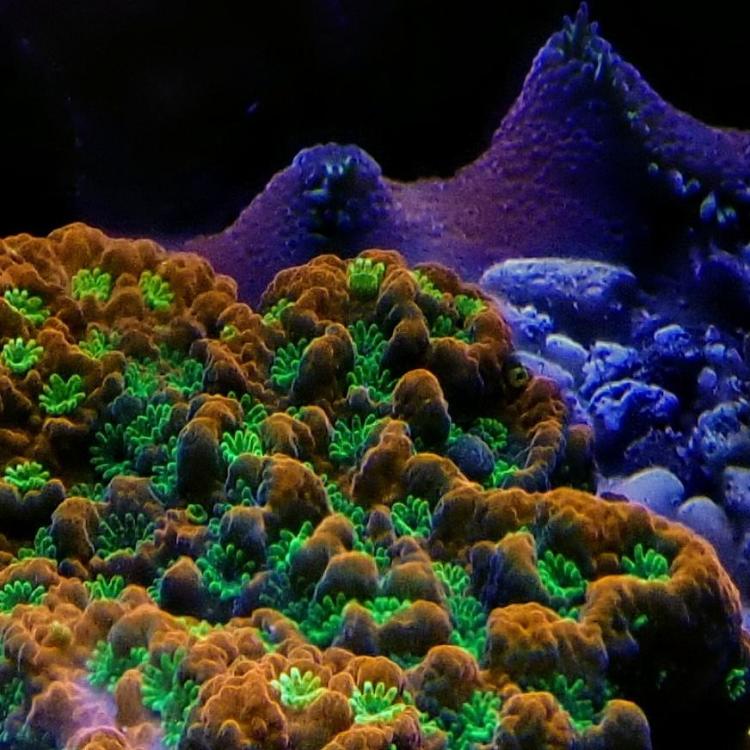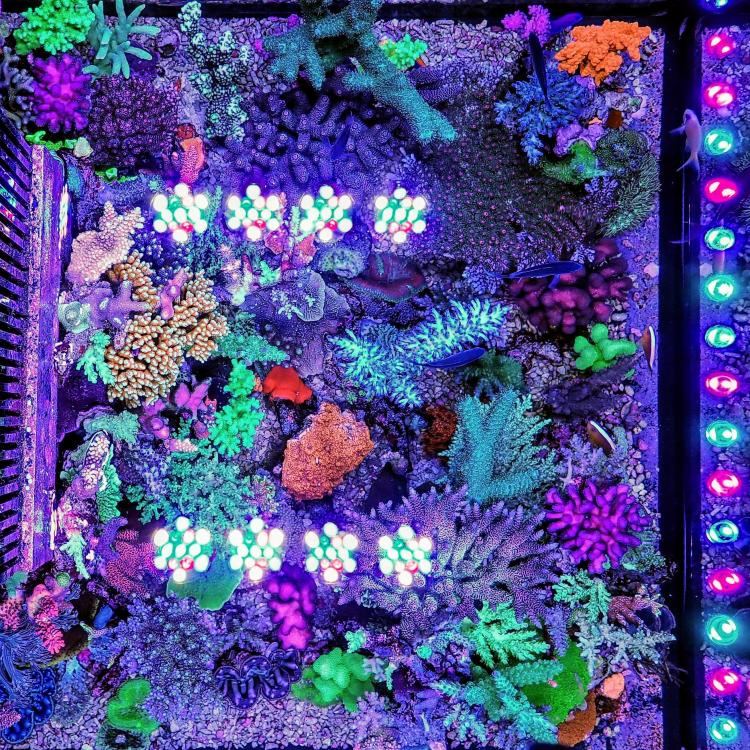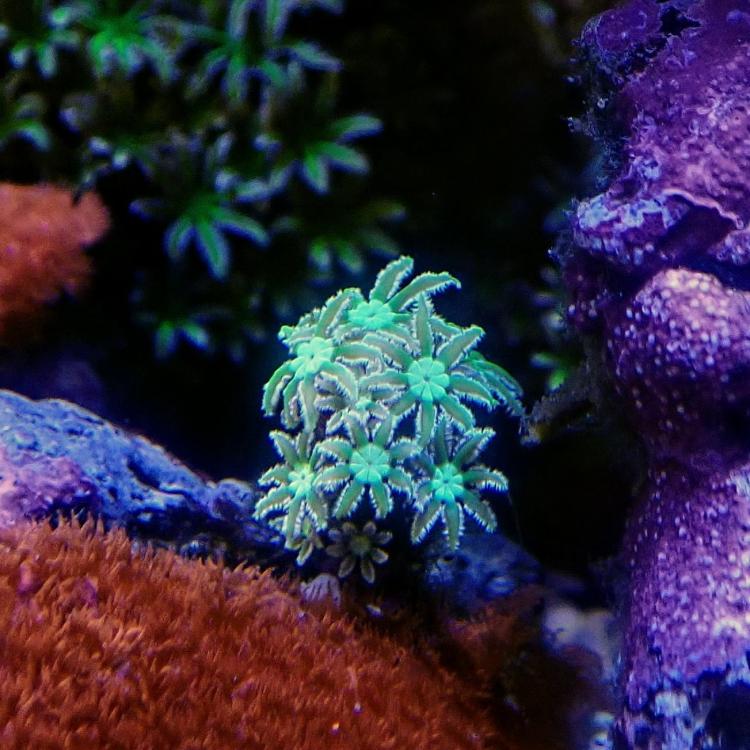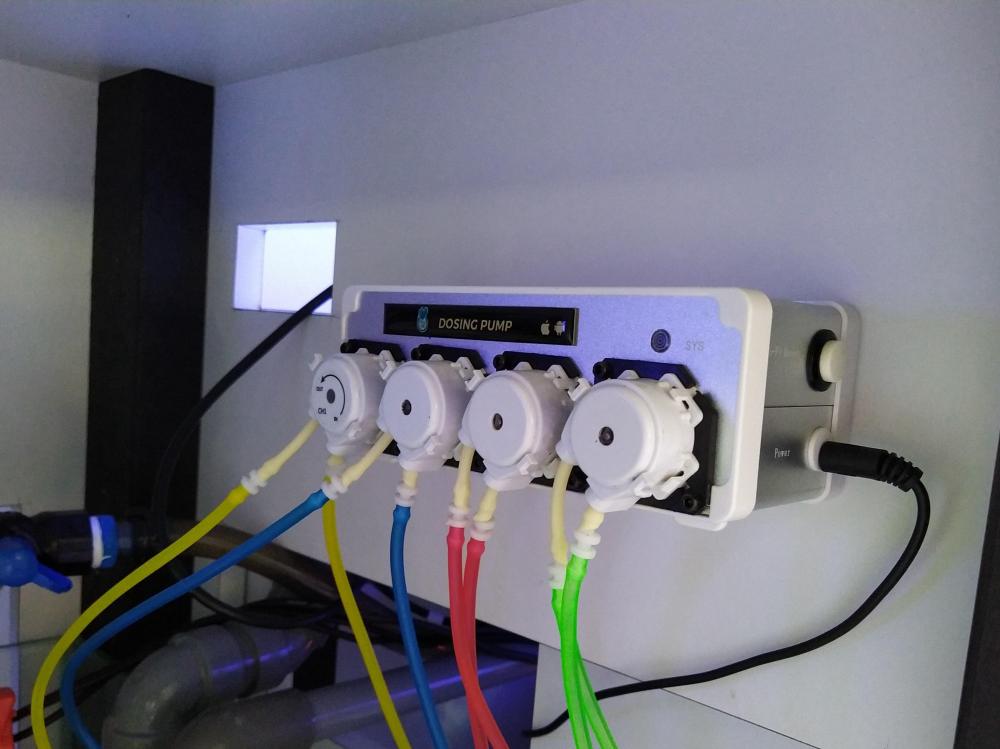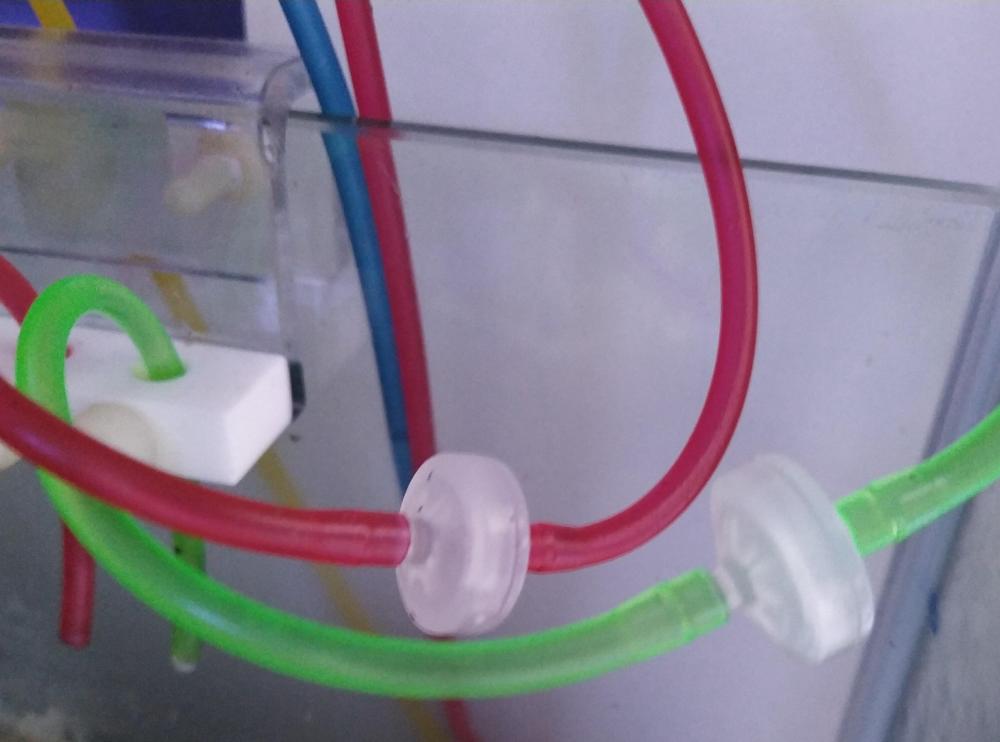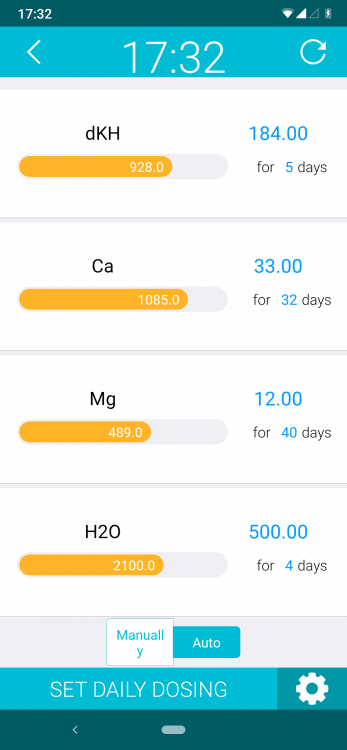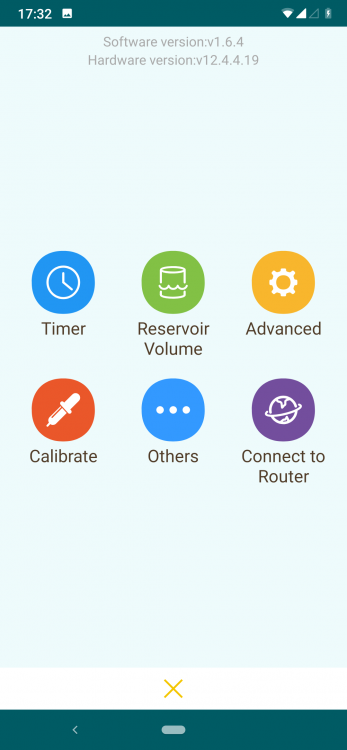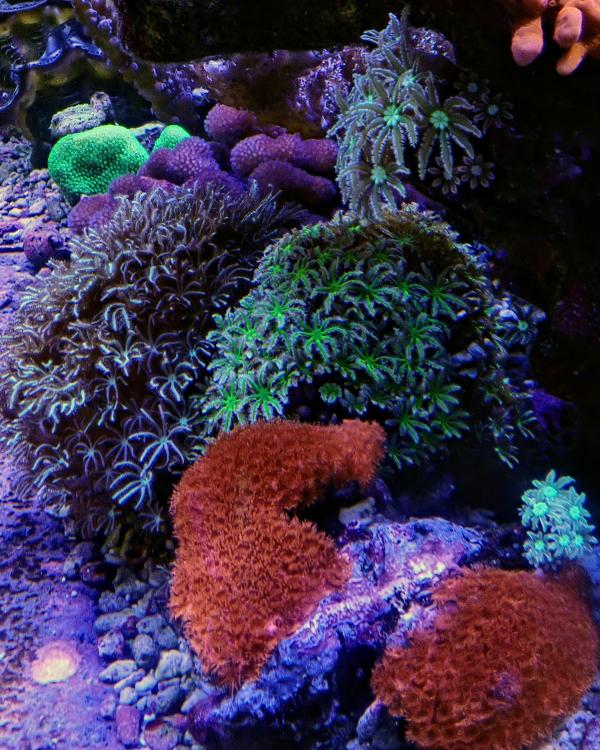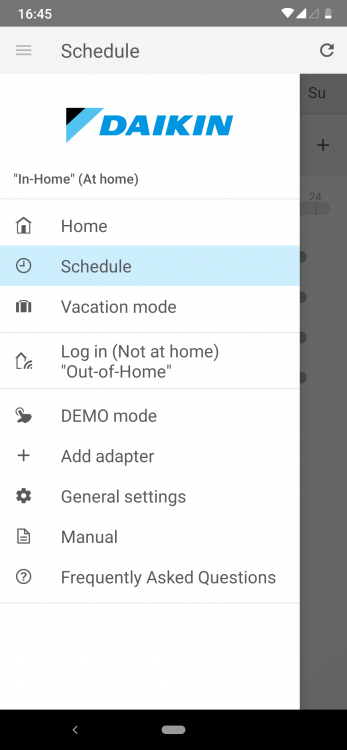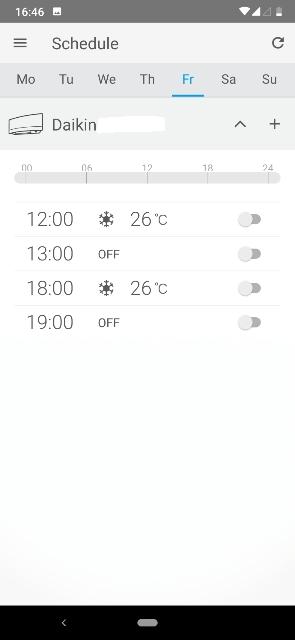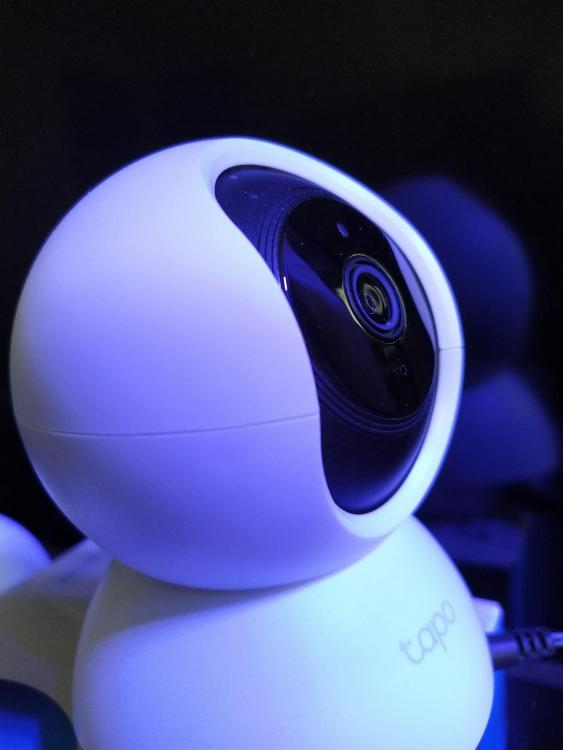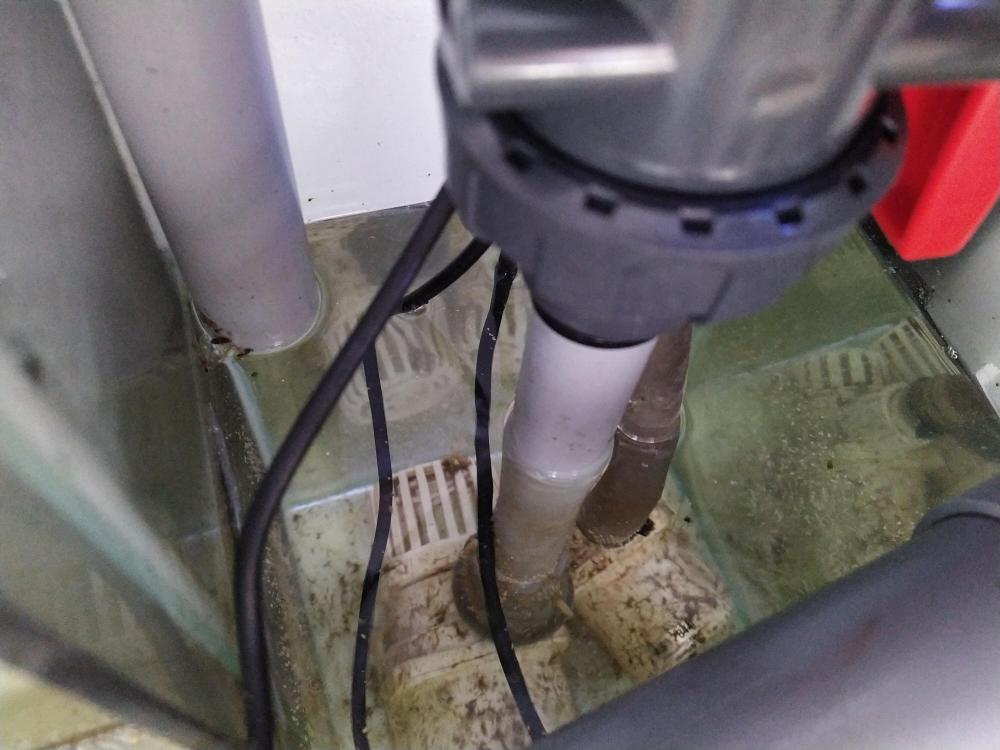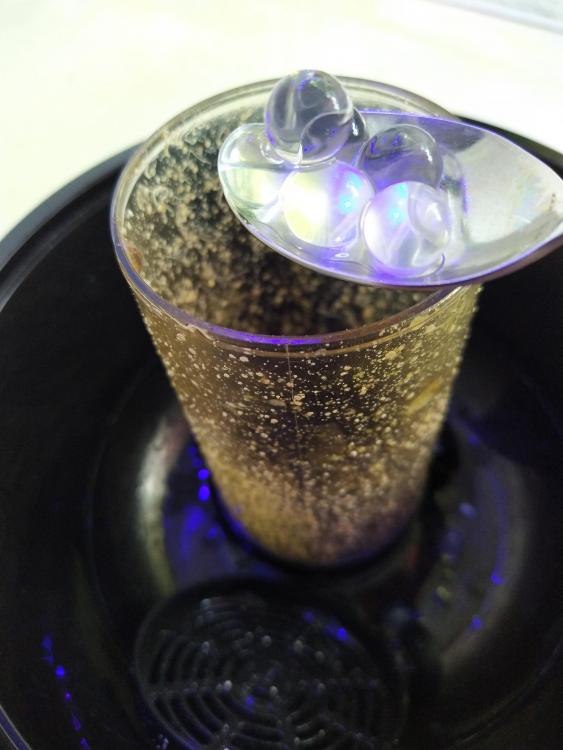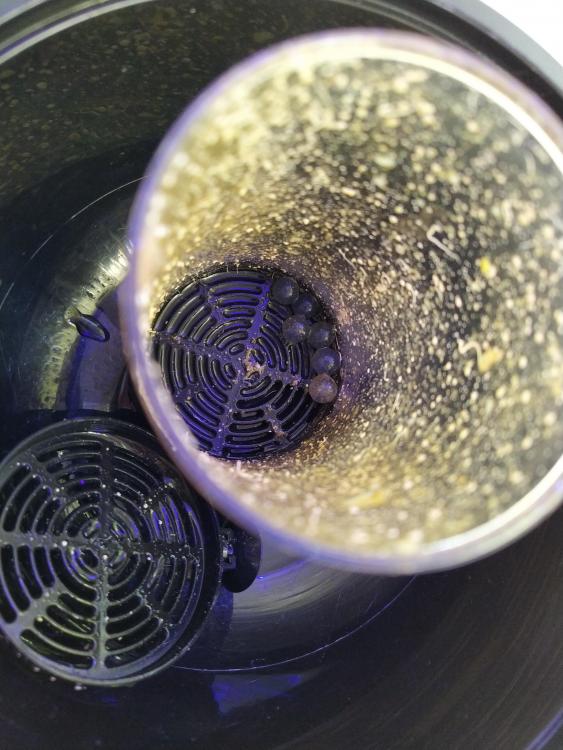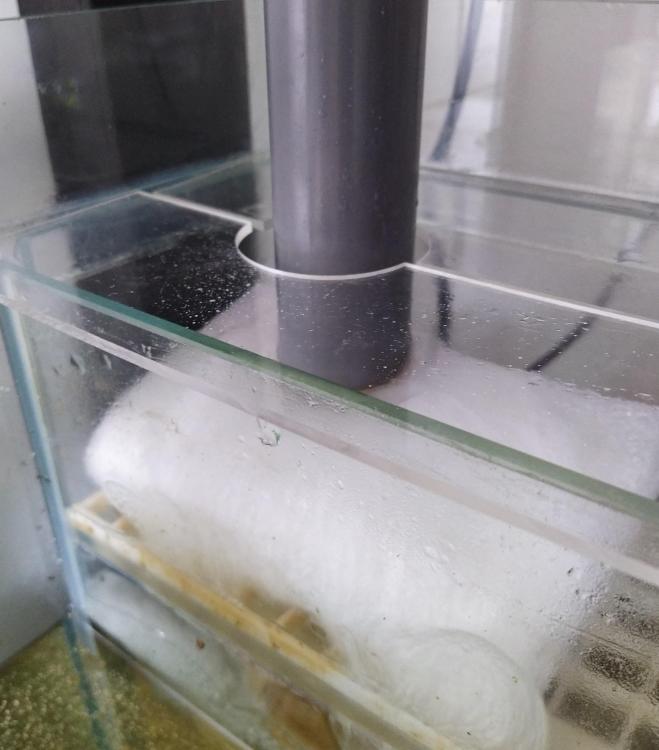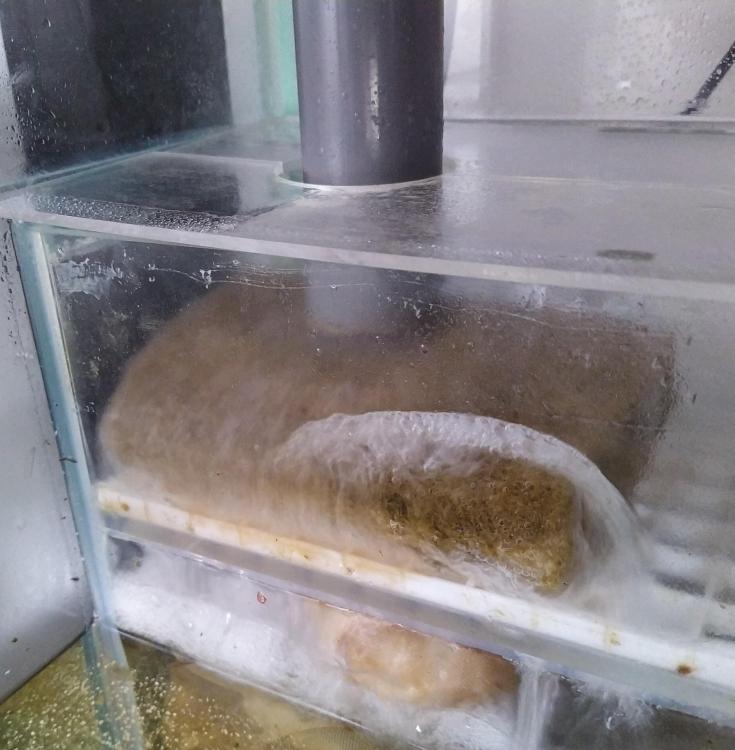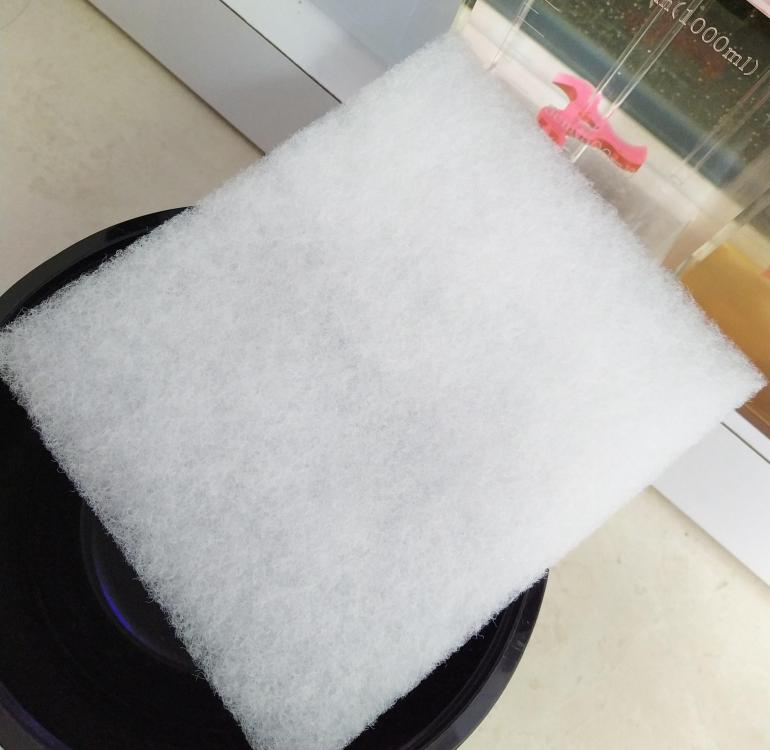Leaderboard
Popular Content
Showing content with the highest reputation on 09/04/2020 in all areas
-
2 points
-
I have a small RBTA between 10 to 20 ct size. I can give it to u. Self-collect at bt panjang if u interested.2 points
-
Est. August 2019 The guiding principles behind my tank design and build were simplicity and ease of maintenance. Another aim was also to establish and maintain an ultra low nutrient environment for SPS to thrive. Managing the bio-load and promoting the growth of beneficial bacteria were key to achieving this. Some basic information: TANK: 50g main + 30g lagoon + 20g sump LIGHTING: AI Hydra 52HD (x2) + Orphek OR60 light bar; lagoon tank Kessil A360X FILTRATION & CIRCULATION: Skimz skimmer, return pumps (X2) and wavemakers, Prodibio Biodigest & Bioptim, FM Bacto Reef Balls, coral chips and live rock OTHER EQUIPMENT: Coralbox auto-doser and battery backup, RODI, Haliea HS-66A chiller SALT & SUPPLEMENTS: Red Sea Salt and Foundation (CA+/KH/Mg), Tropic Marin Pro-Reef, and Fauna Marin Color Elements1 point
-
Orphek or120 for sale at $150 Hqve 4 pcs available Contact me at 96995938 if interested Collection in hougang Sent from my SM-G975F using Tapatalk1 point
-
1 point
-
1 point
-
1 point
-
1 point
-
1 point
-
1 point
-
1 point
-
1 point
-
1 point
-
1 point
-
1 point
-
1 point
-
1 point
-
1 point
-
1 point
-
1 point
-
1 point
-
German Blue Polyp Acropora loses battle against Mini Hot Pink Stylopora. They've been friendly neighbours for over half a year until they grew within millimeters from one another. I fragged the German Blue once to allow more space for the pink stylo to grow. It didn't take long for the stylo to get up close and personal with the acro again. That's when the chemical warfare began. Notice the exposed/burnt section on the right side of the German Blue (in the first pic). Seeing that my only German Blue specimen was losing the fight, I made the decision to rescape a small section of the reefscape, moving things around a little. Given space constraints, I was forced to "resize" the stylo colony and relocate it to a less then ideal partially-shaded location. It's a fairly hardy coral species and should do fine, just that the pink colouration will be muted and growth stunted to some extent. At the same time, a Blue Hoeksemai was moved closer to the front, exposing the encrusting base with growth tips to more light. Stuck a small rock and a few frags to the recaped section as well, leaving a little space for perhaps another coral .1 point
-
1 point
-
Thanks CK. Maintaining optimal water parameters coupled with mixed turbulent flow contribute to bringing out the best in SPS corals. Plus I've kept the bio-load low from the start, and maintained a low nutrient environment. This translates to "less brown" in the corals, allowing the colour pigmentation to standout. Equally important are the lights. I've always liked the look of corals under T5s. Its spectrum and coverage are still the benchmark. Going with full LEDs, I played around with the settings/spectrum and program to achieve a similar visual and effect. I blanketed the small tank footprint with two AI Hydra 52HDs, providing the corals with ample illumination and good light coverage. Added an Orphek light bar at the front for a little extra. The reefeeping principles I apply can be easily followed and replicated. The idea is to keep things as simple as possible, the overall setup and its maintenance. It just requires a little effort, discipline and commitment. As for checking newly purchased corals for aefw eggs, yes, that's a must. I inspect everything closely. If I see anything that resembles eggs, I will cut off the affected sections liberally and only keep the healthy branches/frags.1 point
-
1 point
-
1 point
-
1 point
-
Before introducing corals into the tank, I dip everything in Coral RX. Double the recommended dosage and duration. I typically leave the coral in the original packaging with LFS water, add Coral RX into the bag and shake it vigorously for several seconds. I repeat last step after about ten minutes later and let it sit for another 10 minutes. After shaking the bag with the coral in it one more time, I remove it and place it in a container filled with tank water and leave it for a few minutes. As a final step, I inspect the container and coral/plugs/rocks closely for any undesirable parasites before introducing the corals into the tank. If I discover any, I will dip it one more time. Note that dipping corals alone is not full proof. Even after introduction into the tank, I monitor the corals closely for health. Good polyp extension plus encrusting growth after about a week are good signs. Continued growth at the base and tips, and improved colouration over time is what I strive for. Any deterioration would be cause for concern requiring closer inspection, investigation and treatment, if necessary.1 point
-
1 point
-
1 point
-
1 point
-
1 point
-
I've been using the Coral Box WiFi Dosing Pump since September, and it's been reliable and fairly accurate. The doser and mobile app are easy to setup, use and maintain. With calibration and accuracy down to 0.1ml, it allows for some serious fine tuning and dosing in very small quantities. However, for the three major elements (Ca, KH and Mg), I find 1ml adjustments do just fine. The fourth channel is for water top-up, to address the 500ml daily evaporation rate. The check valves that come with doser are connected to the outlet hoses to prevent backflow and minimise air bubbles in the tubing.1 point
-
Did another test today, CA and KH dropped a little. Mg no change from a week ago. CA 395 KH 7.0 Mg 1360 Manually topped up Ca by 30ml and tweaked the daily dosage from 30 to 33ml. Not touching KH for now, still within acceptable range. Currently dosing 184ml/day. And MG, 12ml/day.1 point
-
1 point
-
1 point
-
1 point
-
1 point
-
1 point
-
1 point
-
Two return pumps for redundancy, one Skimz QP4.0 as the primary, and the other, a Skimz QP2.0 for the chiller. Both controllable DC pumps, so it's easy to regulate the flow rate. I would have liked to install a redundant chiller as well. However, space constraints prevented me from doing so. As corals and other marine life are particularly sensitive to large temperature swings, I manage this aspect my controlling the ambient temperature, especially when I'm away travelling for more than a day. I've installed a wi-fi enabled cloud controller for the Daikin air-conditioning system in my living room. This allows me to control and pre-program the temperature setting and timing of the Aircon operation from anywhere in the world. The redundant features, along with a cloud cam, have given me peace of mind when away from home.1 point
-
1 point
-
1 point
-
1 point
-
1 point
-
1 point
-
As to the colours, I've always liked to look of the corals under T5s. Going with a full LED setup for the 50g, my aim was to achieve the same visual. I played around with the LED light settings/spectrum and program to achieve a similar effect. Light is but one factor. Maintaining optimal water parameters coupled with mixed turbulent flow contribute to bringing out the best in corals. Plus a low nutrient environment means "less brown", allowing the colour pigmentation in corals to standout.1 point
-
1 point
-
1 point
-
1 point


